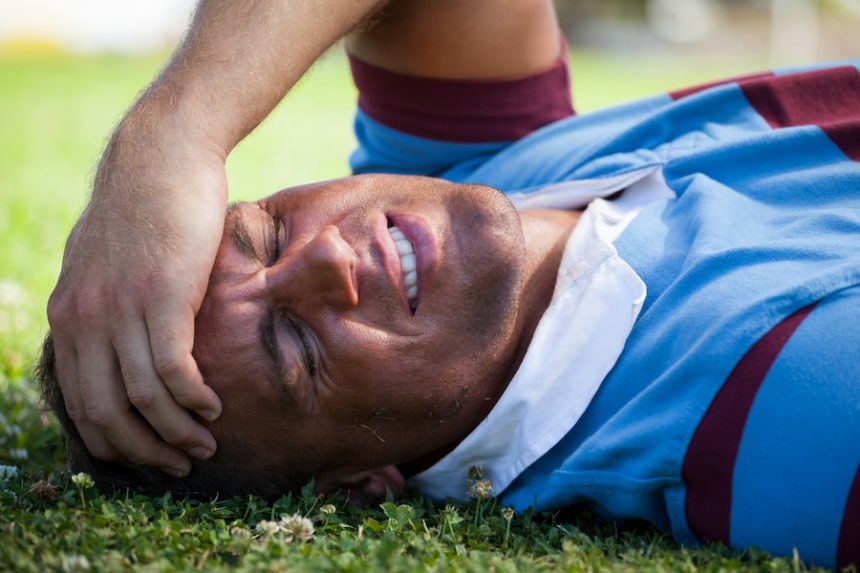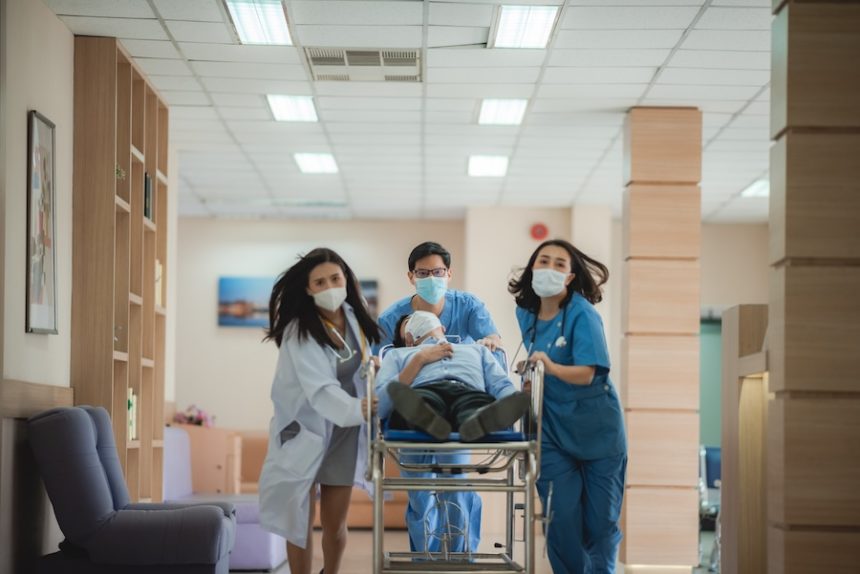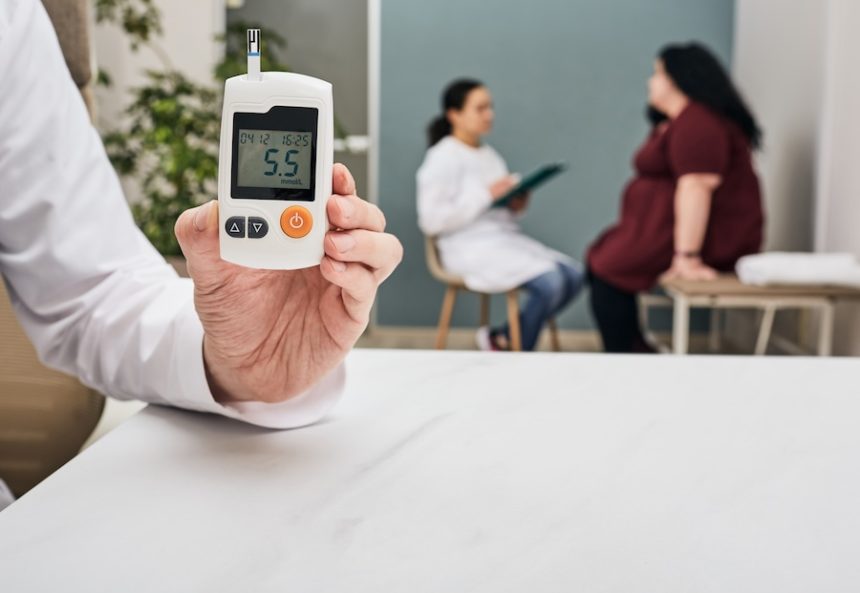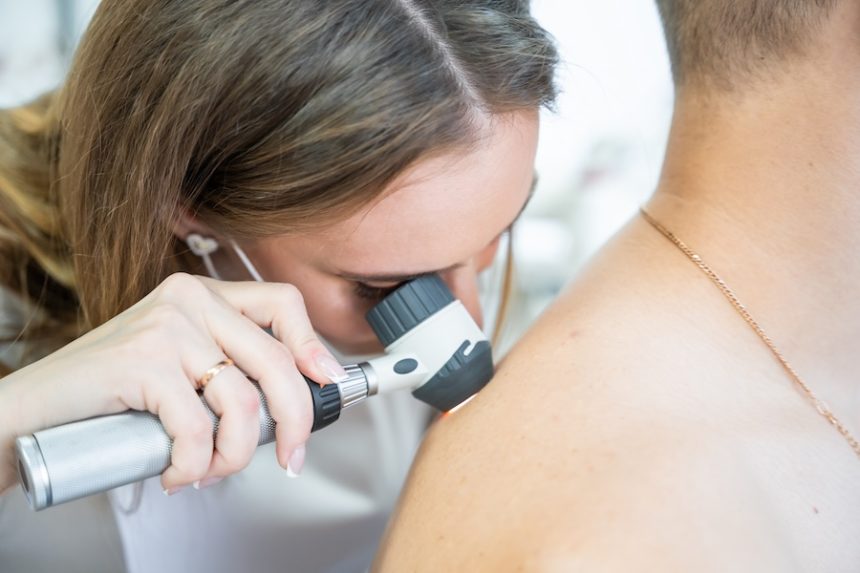What is a concussion?
A concussion is more than just a head injury; it causes intricate physiological alterations in the brain. Fundamentally, a concussion causes:
-
An inflammatory response:
The brain is much more than a bundle of nerves; rather, it is loaded with immune system called microglia and astrocytes. The immune cells react to the injury, get turned on, and lead to swelling and inflammation. -
A hypoxia response:
Blood flow can be temporarily disrupted to the brain. This can lead to a localized reduction in oxygen supply to brain tissue. -
Metabolism/energy production issues:
The issues noted above change the brain s energy demands, and the brain s ability to produce energy efficiently become compromised, leading to a brain energy crisis. It is the brain energy crisis that leads to brain fog, persistent headaches, dizziness, balance issues, fatigue, light and sound sensitivity, and a desire to sit in a dark room and do nothing.
Healing depends on resolving these underlying physiological issues.
What are common symptoms of a concussion?
Concussions are not the outcome of all head injuries. Although they might differ greatly from person to person, concussion symptoms frequently include:
- Headache
- Dizziness or balance problems
- Nausea or vomiting
- Sensitivity to light or sound
- Feeling foggy or slowed down
- Difficulty concentrating or remembering
- Fatigue or low energy
- Irritability or emotional changes
- Sleep disturbances (sleeping more or less than usual, trouble falling asleep)
How to heal from a concussion?
When it comes to concussion rehabilitation, a proactive healing mindset is crucial. This entails establishing resilience to handle the highs and lows of recovery, self-awareness to identify symptoms and triggers, and the capacity to cope with stress and setbacks. A person’s healing trajectory can be significantly impacted by a positive, persistent, and patient approach. The actions listed below will contribute to change.
Maximize Go to sleepSleep is an essential part of the brain’s healing process. Recuperation from concussions depends critically on sleep consistency and quality. The brain’s repair processes can be supported by establishing a regular sleep schedule, making a sleep-friendly environment, and treating any sleep abnormalities (such as fragmented sleep, persistent insomnia, or sleep apnea).
Reduce Inflammation in the SystemSystemic inflammation throughout the body can either cause or worsen concussions. It’s critical to address the causes of inflammation. This entails concentrating on:
- GI tract health: The gut-brain axis plays a significant role in inflammation. Healing gut dysfunction can reduce systemic inflammatory load.
- Dental health: Oral infections or inflammation can contribute to overall systemic inflammation.
- Social habits: Alcohol and high sugar diets are inflammatory and will slow concussion recovery. Take a break from alcohol and adopt a diet of whole, non-processed foods.
- Diet: Diet is a powerful tool to manage inflammation, which is why I ve included it as its own focus area below.
Enhance HormonesFor the brain to function and heal, hormonal balance is essential. It’s critical to evaluate and, if required, optimize levels of crucial hormones that promote brain health and healing after a concussion. Your hormone health at the time of the concussion—regular menstruation, perimenopause or menopausal status, low testosterone levels, history of partial or total hysterectomy, etc.—determines the strategy for hormone optimization. Hormone balancing may involve talking about:
- Estradiol
- Progesterone
- Testosterone
- DHEA-s
- Pregnenolone
- Cortisol (ensuring healthy diurnal rhythm)
- Potentially even growth hormone, depending on individual assessment.
Switch to a Diet Low in InflammationThe foundation of rehabilitation is nutrition. By lowering inflammation and oxidative stress, switching to an anti-inflammatory diet can greatly aid in brain recovery. This diet places a focus on:
- Whole, unprocessed foods: Prioritizing fruits, vegetables, and whole grains.
- Clean, non-processed proteins: Opting for lean meats, poultry, fish, and plant-based protein sources.
- Healthy fats: Including avocados, nuts, seeds, and olive oil.
- Omega-3 Fatty Acids (FA): Essential for brain cell structure and reducing inflammation.
Use nutrients: Specific assistance for brain function and healing can be obtained from certain nutrients. There is evidence to support the usage of
- Creatine: May help with energy metabolism in the brain.
- Omega-3 Fatty Acids: As mentioned, crucial for neuroinflammation and cell membrane health.
- Thiamine (Vitamin B1) and other B-Vitamins: Vital for energy production in the brain; deficiency can worsen symptoms.
- Magnesium: Supports nerve function, reduces inflammation, and can aid in sleep.
Exercise Long-term rest is no longer advised as part of a concussion rehabilitation program. Exercise that is done gradually and under supervision helps people recover from concussions. Exercise that stays below the person’s threshold for triggering symptoms is crucial. This entails exercising without exacerbating the symptoms of a concussion. Progressive, supervised exercise can promote cognitive performance, lessen symptoms, and increase blood flow to the brain. Do you want to know more? Look up the University of Buffalo’s Buffalo Concussion Treadmill Test online.
Fix Neck IssuesConcussions are frequently accompanied by whiplash-like injuries, which can cause neck dysfunction that exacerbates symptoms. It’s critical to treat neck pain, particularly if chronic headaches are a persisting symptom. Think about the following:
- Manual therapy: Techniques to restore joint mobility and reduce muscle tension.
- Dry needling/Acupuncture: May help relieve muscle pain and dysfunction, and can change the feedback from the neck to the brain that may calm or exacerbate symptoms.
- Tools like Top Spin 360 or NeckCare:Can be used under guidance to improve neck strength and proprioception.
Appropriate Vision and Balance ImpairedVisual and vestibular deficits, also referred to as balance, are common outcomes of concussions. Thorough evaluation and focused treatment are crucial:
- VOMS assessment (Vestibular/Ocular Motor Screening): Helps identify specific deficits.
- Convergence exercises: To improve eye teaming and focus.
- Saccades exercises: To improve rapid eye movements between two points.
- VOR (Vestibulo-Ocular Reflex) training: To stabilize vision during head movements.
- VMS (Visual Motion Sensitivity) desensitization: To reduce discomfort from visual motion.
- Balance training: To improve stability and reduce dizziness.
- Brock string and proprioceptive therapy: To enhance eye-hand coordination and body awareness.
A well-thought-out treatment approach is crucial because concussions are multi-systemic and have a wide range of symptoms. If concussion symptoms persist for more than 14 days, there may be a greater chance of a drawn-out recovery. It is frequently insufficient to take a disjointed approach that solely tackles one or two symptoms.
A well-thought-out plan, ideally created by a medical expert with concussion management experience, guarantees that all relevant elements are taken into account and dealt with methodically. Clients discover relief from concussion symptoms when a methodical strategy is adopted. By promoting synergistic recovery, this integrated strategy goes beyond symptom management to really support brain regeneration and function restoration.
One of the providers at Physicians Optimal Health Clinics is Randy Vawdrey, NP-C. Randy is at the forefront of the field thanks to his studies on neurocognitive disorders like Alzheimer’s and dementia. He has spent the last four years working relentlessly to create his Enhance Protocol, which demonstrates that dementia symptoms can be lessened and even reversed. Our Pocatello location is where he presently sees patients. Call (208) 425-1620 to make an appointment with Randy.











